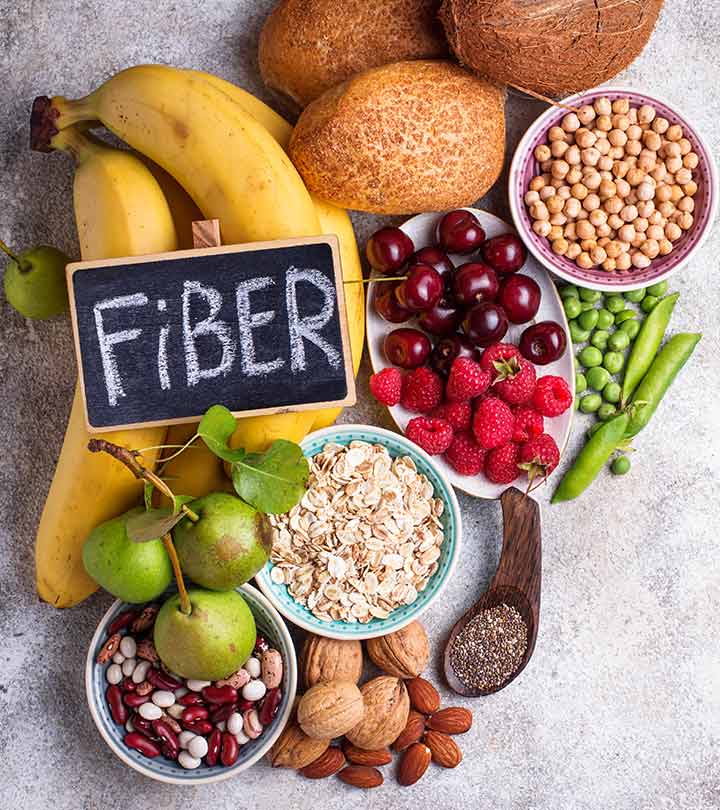Miracle Fruit Benefits and Uses
For people looking for a delicious and exotic berry to add to their diet, the miracle fruitis an excellent option. It has a plenty of benefits for your body which include its ability to aid in weight loss, improve vision health and boost immunity, among others. That being said, before adding any new food to your diet, it is critical to understand where it comes from, what it contains, and the possible health benefits it may hold.
What is Miracle Fruit?
Miracle fruit is one of the common names of Synsepalum dulcificum, a shrub that is native to western Africa, where it has been in use for centuries. Most notably, miracle fruit has the ability to make sour food taste sweet, thanks to a compound called miraculin. Miraculin is able to bind to the tongue’s taste buds, which blocks the receptors when the pH level of the mouth is neutral. [1] However, when we eat sour fruit, the pH of the mouth drops, and miraculin is able to activate the sweet receptors while blocking the sour ones.
Aside from the novel aspects of miracle fruit, also known as miracle berry, sweet berry, and asaa, this fruit has a number of unique nutrients that can positively affect health. These small berries are the size of cherry tomatoes and each contains a single seed, roughly the size of a coffee bean. The berries are typically consumed raw and are actually tasteless when eaten alone, but the fruit pulp can also be mixed into fruit smoothies or other sweet desserts. Some restaurants around the world use miracle fruit as a complement to their dishes, allowing diners to revel in the strangeness of eating sour food, but tasting a sweet treat instead!
Miracle Fruit Nutrition Facts
Miracle fruit is not a great source of traditional nutrients, but there are notable amounts of vitamin C, vitamin K, vitamin A, vitamin E and various amino acids that the body requires for numerous functions. [2] The fruit is incredibly low in calories, only 1/2 calorie per berry, and also boasts a number of polyphenolic compounds and antioxidants that make you healthy.
Health Benefits of Miracle Fruit
The most notable benefits of miracle fruit include its ability to manage diabetic symptoms, aid in weight loss efforts, improve the strength of the immune system, boost vision health and prevent chronic disease, among others.
Vision Health
There are also trace amounts of vitamin A found in this fruit, which has been directly linked to improved vision health, specifically a lower risk of macular degeneration and cataract formation as you age.
Relieves Chemotherapy Symptoms
Cancer treatment comes with a host of unpleasant side effects, including a metallic taste in the mouth, as well as nausea and vomiting. [7] Using miracle fruit can often mitigate this lingering taste, helping to provide a higher quality of life during cancer treatment.
Weight Loss
By acting as a low-calorie, sugar-free additive in many meals, this fruit is an excellent aid in your weight loss efforts. [3] It will not contribute to your overall calorie intake, nor is it packed with simple sugars and carbs that can lead to weight gain.
Has Antioxidant Properties
The number of polyphenolic compounds found in this fruit will give your body an antioxidant boost, which can lower levels of free radicals and reduce oxidative stress in organ systems. [6]
Boosts Immune System
Although only trace amounts of vitamin C are present in this fruit, it can still give a small boost to your immune system. [4] Vitamin C stimulates the production of white blood cells, which are the body’s main line of defense against pathogens and infections.
Manages Diabetes
Perhaps the most important health benefit of miracle fruit is enjoyed by diabetic patients, who can safely replace sugar in their diet with this berry. [5] Apart from the flavor impact, some of the active ingredients in this fruit can naturally lower insulin sensitivity, which is good news for diabetic patients.
Uses of Miracle Fruit
Miracle fruit is used in various ways around the world, but its use is primarily linked to its flavor-altering properties. It is commonly added to desserts and other foods that may have a tart flavor, or it is used as a replacement for sugar in foods. For example, if you have a sweet tooth but are trying to cut down on your sugar intake, using miracle fruit in conjunction with sour food can give you the sweet burst you’re looking for.
This fruit is also used by some for medical purposes, such as changing the flavor of unpleasant medications or lessening the side effect of certain treatments. Miracle fruit is often found as a complementary item in a dish at restaurants that advertise unique flavor experiences.







